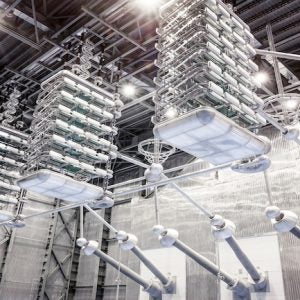The UK government has unveiled its latest set of feed-in tariffs (FITs) for solar photovoltaic (PV) projects.
From August 1, 2012, the new FIT rate for domestic solar power projects will be 16p/kWh, down from 21 p/kWh, and will be subject to further decreases of up to 28 per cent every three months.
The decision puts the FIT scheme on a more predictable and sustainable footing, says the government, which recently lost a high court battle over its decision to cut the FIT scheme ahead of schedule.
“UK solar continues to be an attractive proposition for many consumers considering microgeneration technologies and that having placed the subsidy support for this technology on a long-term, sustainable footing, industry can plan for growth with confidence,” said Energy and Climate Change Minister Greg Barker.
Alan Aldridge, Chairman of the Solar Trade Association said that the government’s decision was “broadly welcome”.
In addition to cutting FITs for new projects, the government also announced plans to cut the lifetime of solar FIT payments from 25 to 20 years.
David Hunt, a director with renewable energy company Eco Environments, said: “Yet again the government stands accused of giving with one hand only to take away with the other. We are pleased that Ministers have listened to the deluge of complaints from the solar industry about the scale and speed of the cuts proposed in their consultation document earlier this year.
“But we are also disappointed that the government still seems hell-bent on making life very difficult for the solar industry and the tens of thousands of jobs dependent on it as well as for consumers who are weighing up the pros and cons of investing in solar PV.”
But the government has announced an increase in the export tariff from 3.2p to 4.5 p/kWh to better reflect the value of energy exported to the grid, and also said that quarterly tariff cuts would be skipped if demand for PV installations dropped.
The new tariffs will provide a return on investment of over six per cent for most typical, well-sited installations, and up to 8 per cent for larger brands.






